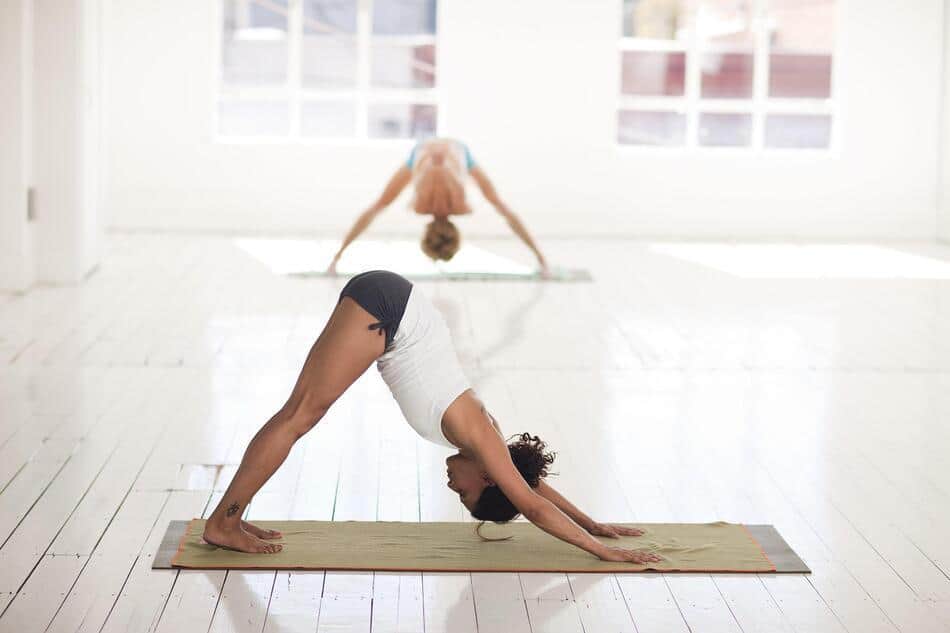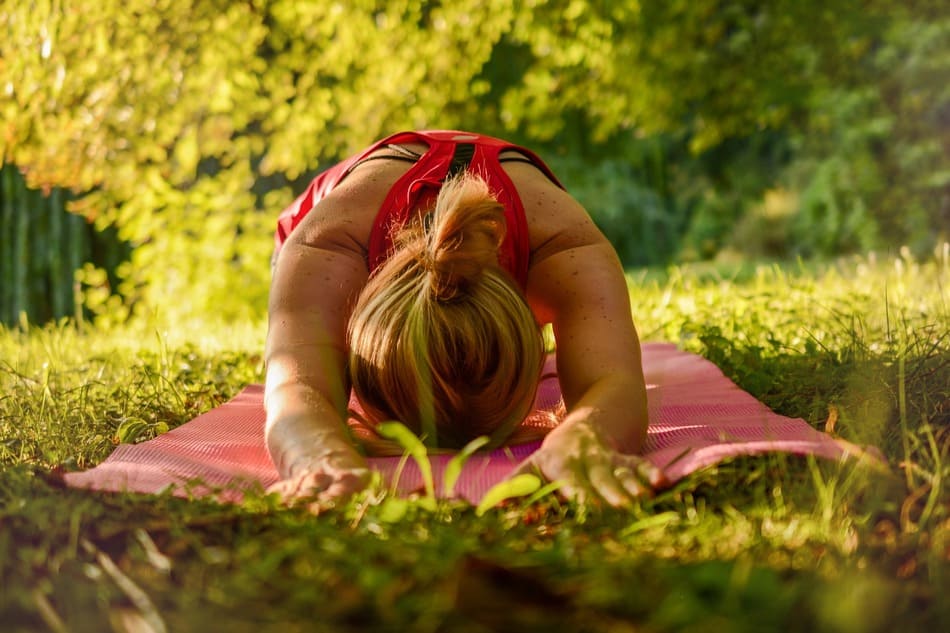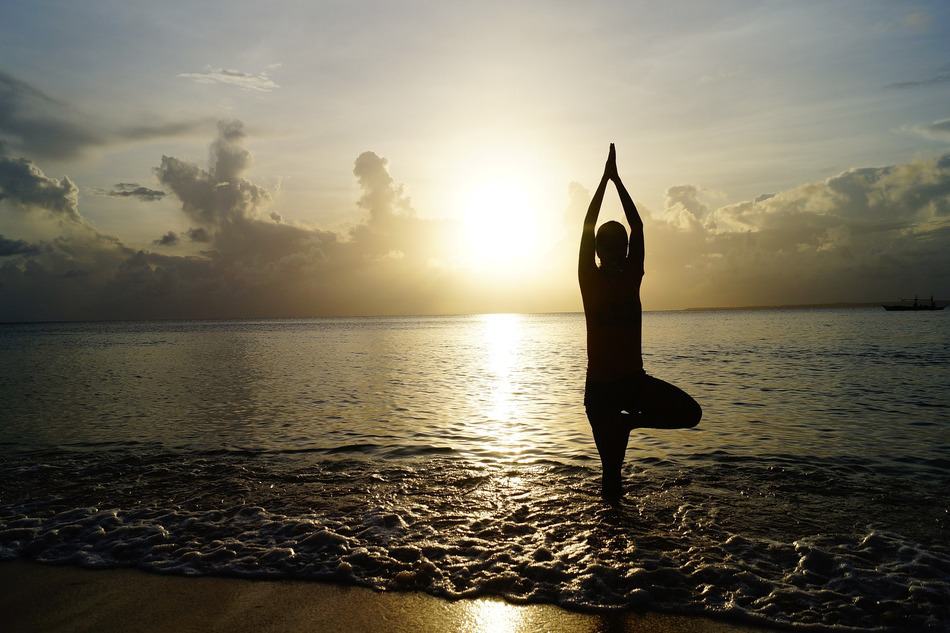When it comes to yoga mats, one of the most important factors to consider is thickness. Yoga mats come in a variety of different thicknesses, and each one has its benefits and drawbacks. So, what is the best thickness for yoga mats? That depends on your individual needs and preferences. In this article, I will discuss the pros and cons of different mat thicknesses so that you can make the best decision for yourself!
The best thickness for yoga mats is a matter of personal preference. Consider what your needs and preferences are before making your decision. If you need a mat that is easy to transport or store, a thin mat may be the best. However, if comfort and support are your top priorities, a thicker mat may be better.
One of the most important factors to consider when choosing a yoga mat is thickness. Yoga mats come in a variety of different thicknesses, and each one has its benefits and drawbacks.
Some people prefer thinner yoga mats because they are lighter and more portable. Thin yoga mats can also be rolled up tightly, making them easy to store or carry with you on the go. However, thin yoga mats may not provide as much cushioning as thicker mats, and they may not be suitable for everyone.
Thicker yoga mats are often more comfortable and provide more support than thinner mats. They are also great for people who have joint problems or sensitive knees, as the extra cushioning can help to reduce the impact on these areas. However, thicker mats can be more difficult to transport and may not be as easy to store.
What Is A Yoga Mat?
A yoga mat is a piece of material, usually foam or rubber, that you place on the ground during your yoga practice. It provides cushioning and helps to prevent slipping. Yoga mats come in a variety of thicknesses, from thin (about a quarter of an inch) to thick (an inch or more).
Types Of Yoga Mat
There are different types of yoga mats available in the market. The most popular ones include PVC, rubber, and cork mats. Each material has its unique benefits that can help you choose the right mat for your practice.
- PVC mats are the most affordable option and are ideal for beginner yogis. They provide good traction and support but can be slippery when sweaty.
- Rubber mats offer more grip and are perfect for hot yoga classes.
- Cork mats are eco-friendly and provide excellent cushioning, making them a great choice for restorative or Yin yoga practices.

The thickness of your yoga mat will also play a role in how comfortable it is to use. Thinner mats are more versatile and can be used for a variety of yoga practices. thicker mats provide more support and cushioning, making them ideal for restorative or Yin yoga.
When choosing the right mat for your practice, it’s important to consider what type of yoga you’ll be doing and what your needs are. If you have any injuries or conditions that require extra support, a thicker mat may be a better choice for you. otherwise, a thinner mat should suffice. Whichever mat you choose, make sure it’s comfortable and supportive so you can enjoy your practice to the fullest!
How To Choose A Yoga Mat
When it comes to yoga mats, there is no one-size-fits-all. The best mat for you will depend on your individual needs and preferences. Here are a few things to keep in mind when choosing a yoga mat:
Thickness
If you have sensitive joints or are new to yoga, a thicker mat may be more comfortable for you. A thicker mat will also provide more cushioning and support. If you prefer a lighter mat or practice hot yoga, a thinner mat may be more suitable.
Material
Yoga mats are usually made from either PVC or rubber. PVC mats are typically cheaper and lighter, but they can contain harmful chemicals and may not be as durable as rubber mats. Rubber mats are generally more expensive, but they are also more eco-friendly and tend to be more durable.
Size
Yoga mats come in a variety of sizes. Choose a mat that is large enough to comfortably fit your body, but not so large that it becomes cumbersome to carry around.
Texture
Some yoga mats have a smooth surface, while others have a textured surface. If you have sensitive skin or prefer more grip, a textured mat may be right for you.
Take the time to try out different mats and find the one that best suits your needs. With so many options on the market, there’s sure to be a perfect yoga mat out there for you!
Pros And Cons Of Different Mat Thicknesses
When it comes to choosing a yoga mat, thickness is one of the most important factors to consider. A mat that is too thin may not provide enough cushioning, while a mat that is too thick can make balancing poses more difficult. So what is the best thickness for yoga mats? Here are some pros and cons of different mat thicknesses to help you decide.
- Ultra-thin mats (less than 0.15 inches) offer little cushioning and can be uncomfortable on your joints. They also don’t provide much stability, which can be dangerous in balancing poses. However, ultra-thin mats are very lightweight and portable, making them a good choice for traveling yogis.
- Thin mats (between 0.15 and 0.25 inches) provide more cushioning than ultra-thin mats and are still relatively lightweight and portable. They also tend to be less expensive than thicker mats. However, thin mats may not provide enough support for your joints in poses like Downward Dog.
- Standard mats (between 0.25 and 0.35 inches) are the most popular choice among yogis for a reason – they strike a perfect balance between cushioning and stability. Standard mats are thick enough to protect your joints but not so thick that they make balancing poses more difficult.
- Thick mats (more than 0.35 inches) provide the most cushioning and support for your joints. They can be very comfortable, but they can also be bulky and difficult to transport. Thick mats are also the most expensive option.

So what is the best thickness for yoga mats? It depends on your personal preferences and needs. If you have joint issues or prefer more cushioning, a thick mat may be the best choice for you. If you travel frequently or want to save money, a thin mat may be a better option. And if you want the perfect balance of cushioning and stability, a standard mat is probably your best bet.
Whichever thickness you choose, make sure to get a mat that is comfortable and supportive so that you can enjoy your practice to the fullest! What is your favorite thickness for yoga mats? Let me know in the comments below!
Bottom Line
After reading this article, you should have a better understanding of what thickness is best for yoga mats. If you are a beginner, it is recommended to start with a mat that is around 0.15 inches thick. As you advance in your practice, you can move to a thinner mat if you feel comfortable doing so. Remember to always consult with your yoga instructor before making any changes to your routine. If you enjoyed this article, please share it with your friends or family who might also be interested in learning more about yoga mats! Thank you for reading.
You May Also Like:

